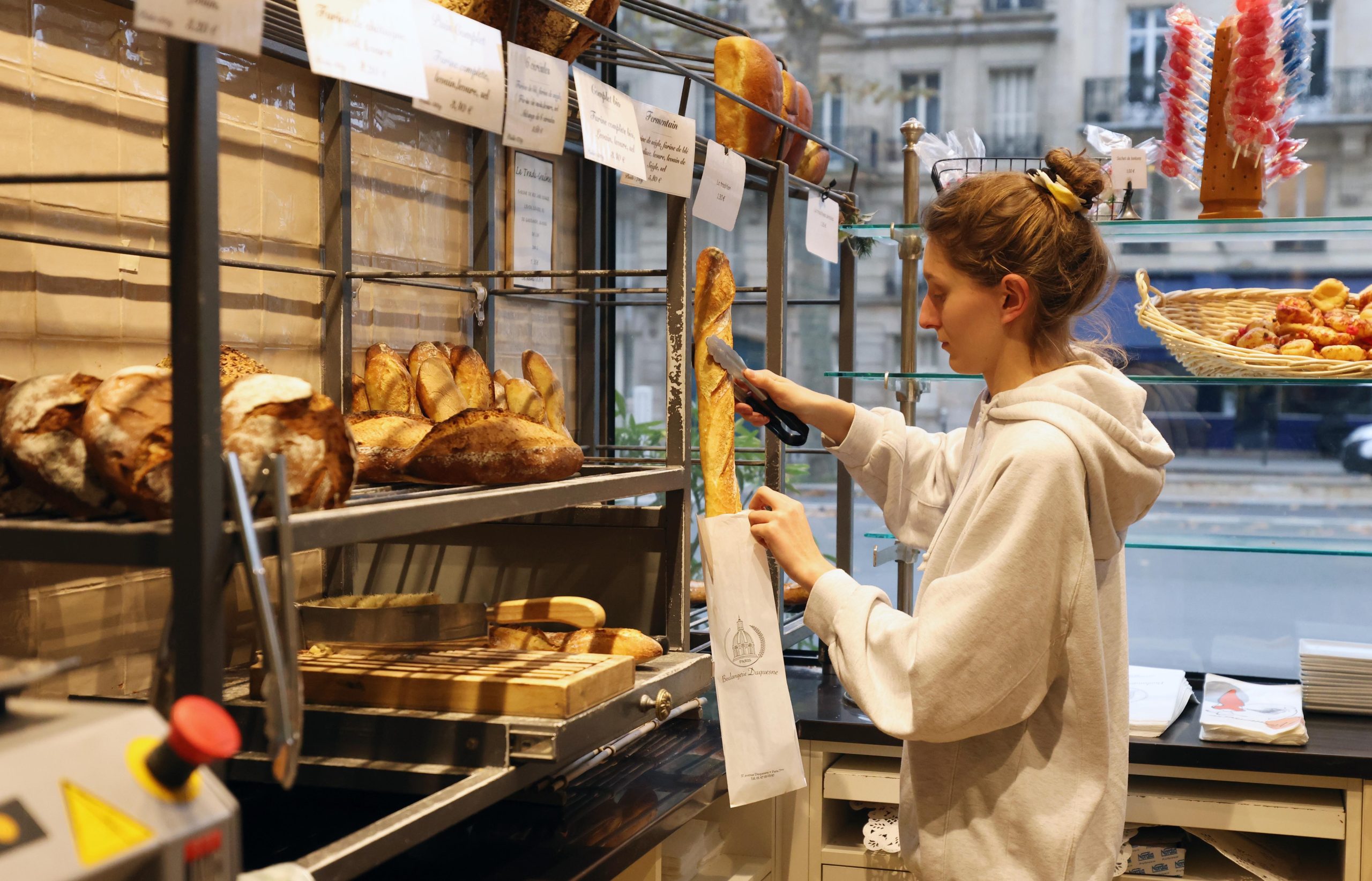Is America’s Bread Basket Falling Short? A Global Taste Test
Have you ever traveled abroad and wondered why the food, especially the bread, just
tastes better
? It’s a common observation, one recently posed to Vox’s “Explain It to Me” podcast by a listener named Kate, who noticed a significant difference in the quality of produce and meat in Japan and the bread and yogurt in Europe. Is this merely a trick of the mind, influenced by the excitement of travel, or is there a genuine difference in food quality? The answer, it seems, is a bit of both, but leans heavily towards the latter.
The Baguette Benchmark: Tradition vs. Efficiency
The iconic French baguette often serves as a prime example in this debate. Its crusty exterior and airy interior are a testament to traditional baking methods. In France, strict regulations and a focus on quality ingredients contribute to the baguette’s superior taste and texture. But the differences extend far beyond just baguettes. European baking often prioritizes slower fermentation processes and the use of less processed flours, resulting in more complex flavors and better digestibility.
In contrast, the American bread industry often prioritizes efficiency and cost-effectiveness. Mass-produced bread frequently relies on faster production methods, additives, and highly processed ingredients to extend shelf life and reduce costs. While this approach makes bread more affordable and readily available, it often comes at the expense of flavor and nutritional value.
Beyond Bread: A Broader Culinary Landscape
The differences extend beyond bread and into other food categories. European agricultural policies often prioritize smaller-scale farming and sustainable practices, which can lead to higher-quality produce and meat. Regulations regarding additives and preservatives are also often stricter in Europe, resulting in food that is perceived as cleaner and more natural.
Furthermore, cultural attitudes towards food play a significant role. In many European countries, food is seen as a central part of life, with a greater emphasis placed on fresh, locally sourced ingredients and traditional cooking methods. In the United States, convenience and affordability often take precedence.
A Call for Culinary Evolution
The observation that American bread and food, in general, may not measure up to the standards of other countries isn’t just about snobbery. It’s about recognizing the impact of industrial food production on taste, nutrition, and sustainability. While it may not be feasible or desirable to completely replicate European food systems in the US, there’s certainly room for improvement. A shift towards more sustainable farming practices, a greater emphasis on quality ingredients, and a renewed appreciation for traditional cooking methods could help elevate the culinary landscape in America. The journey towards better bread, and better food overall, begins with acknowledging the current state of affairs and embracing a commitment to change.
Based on materials: Vox





